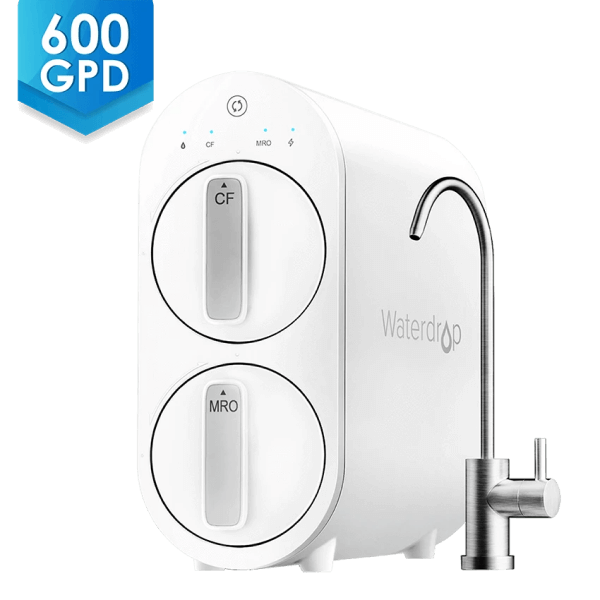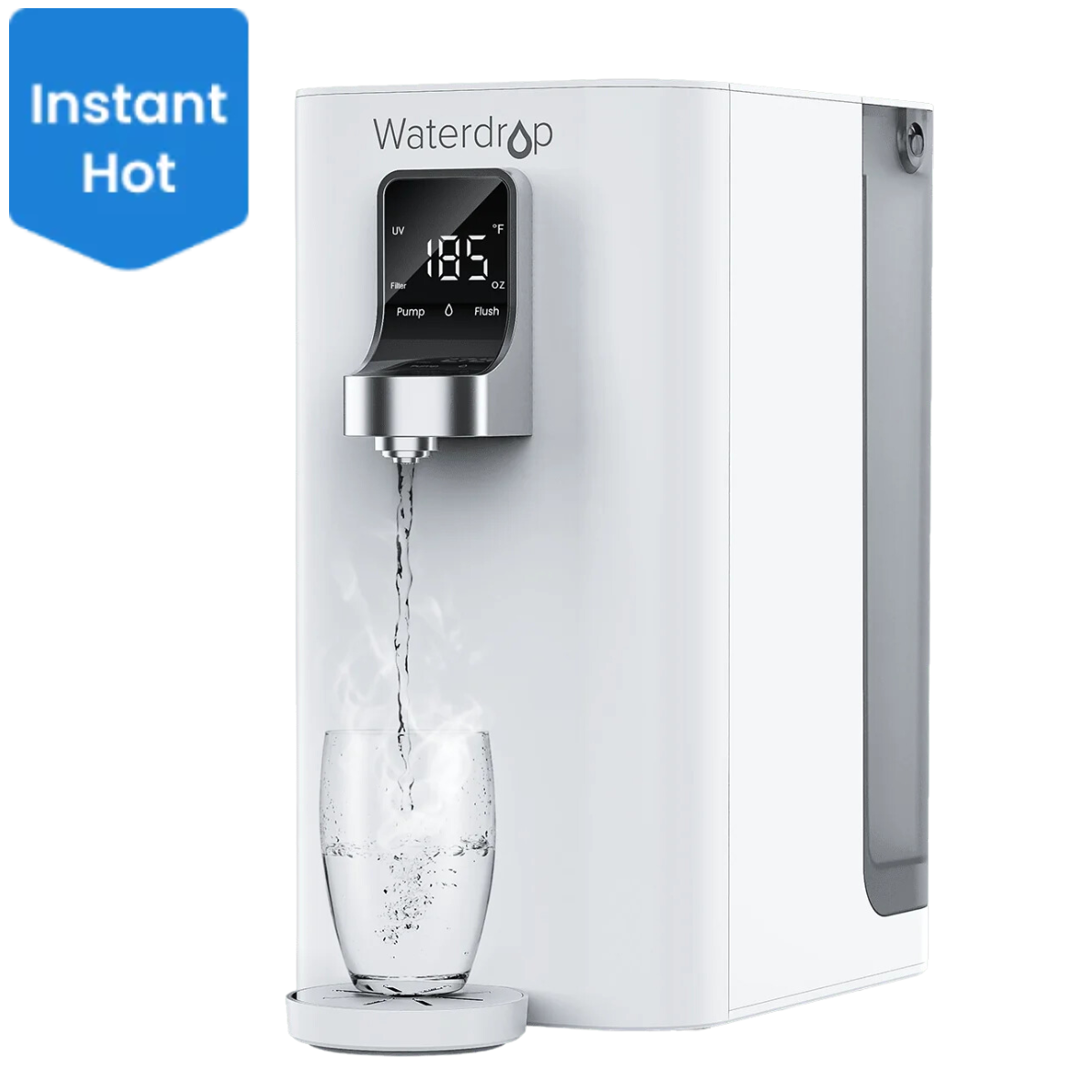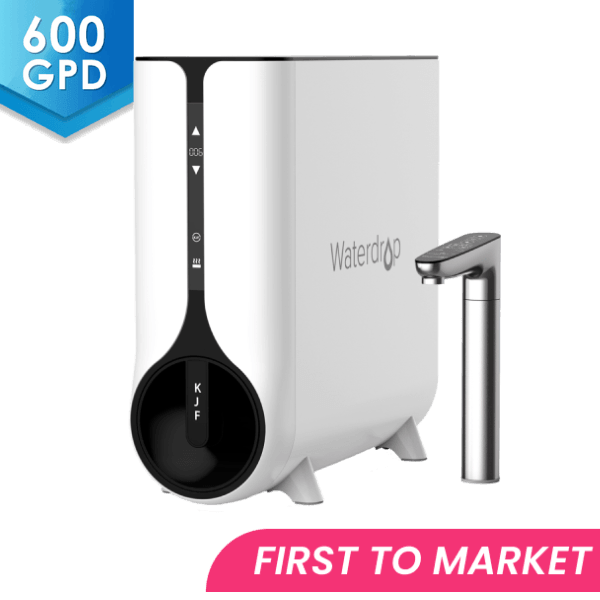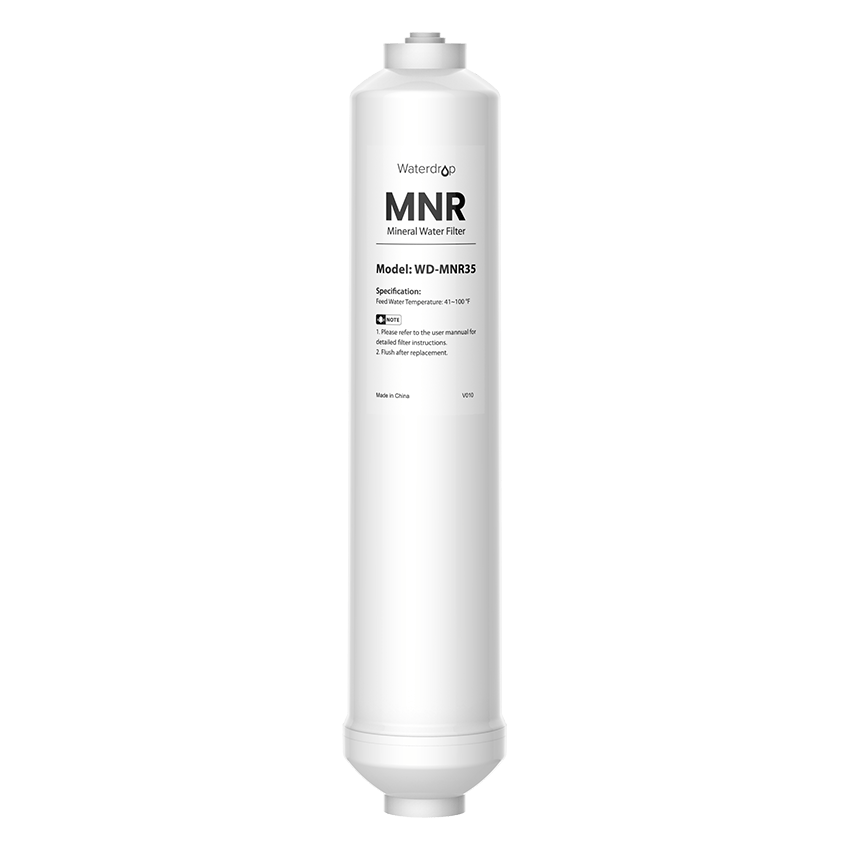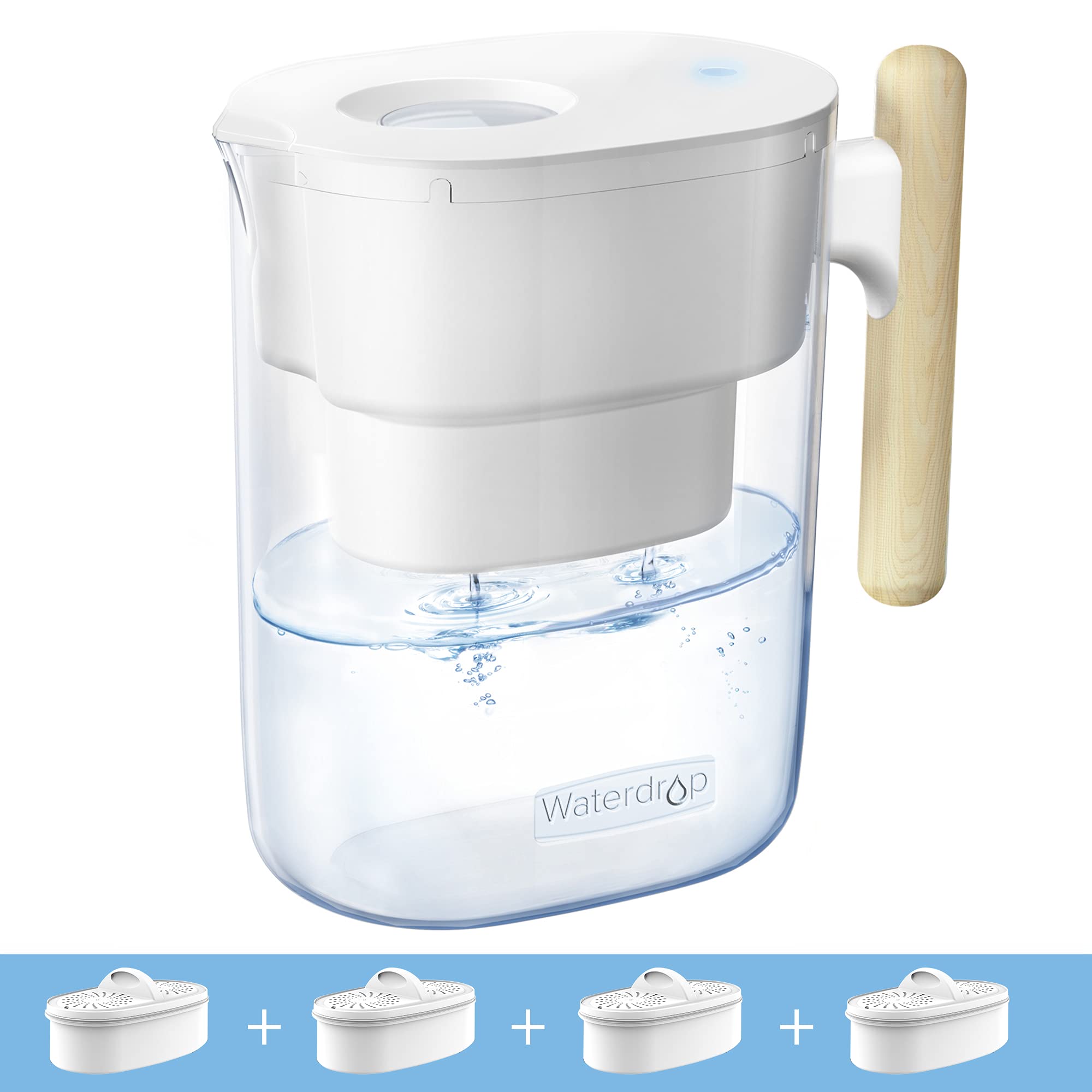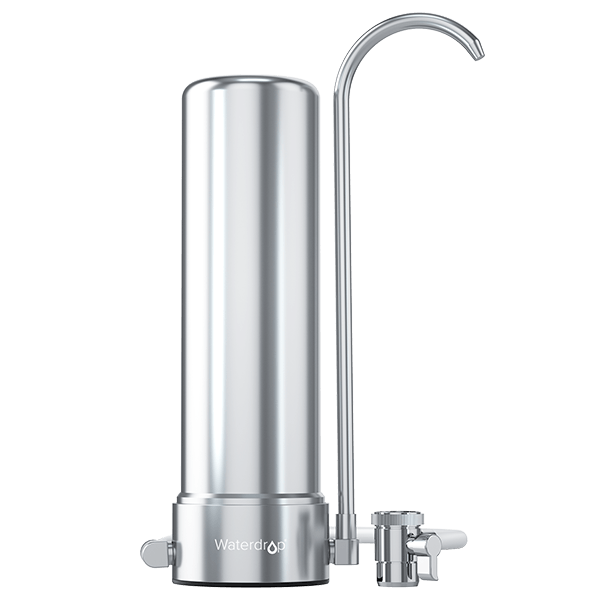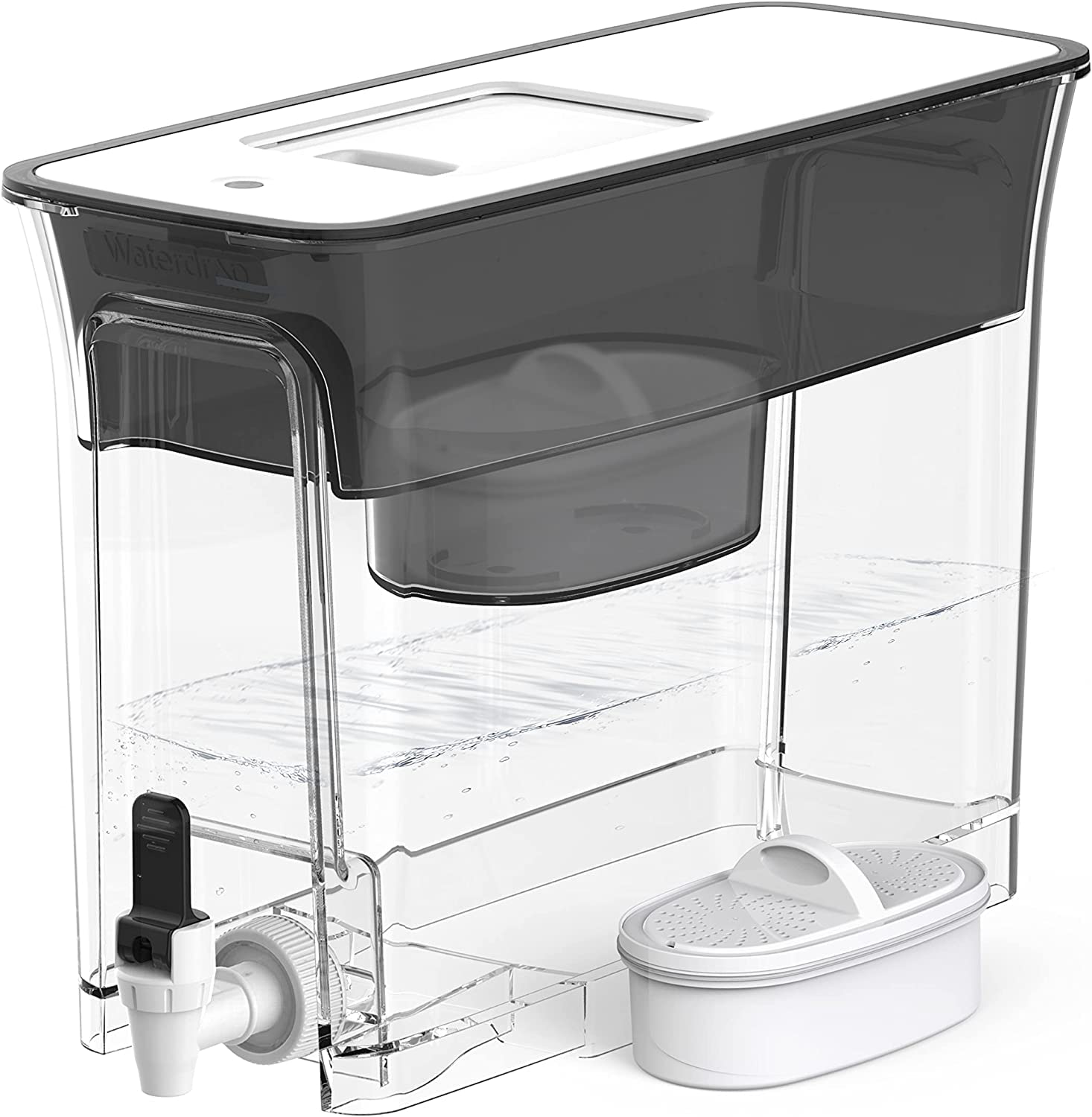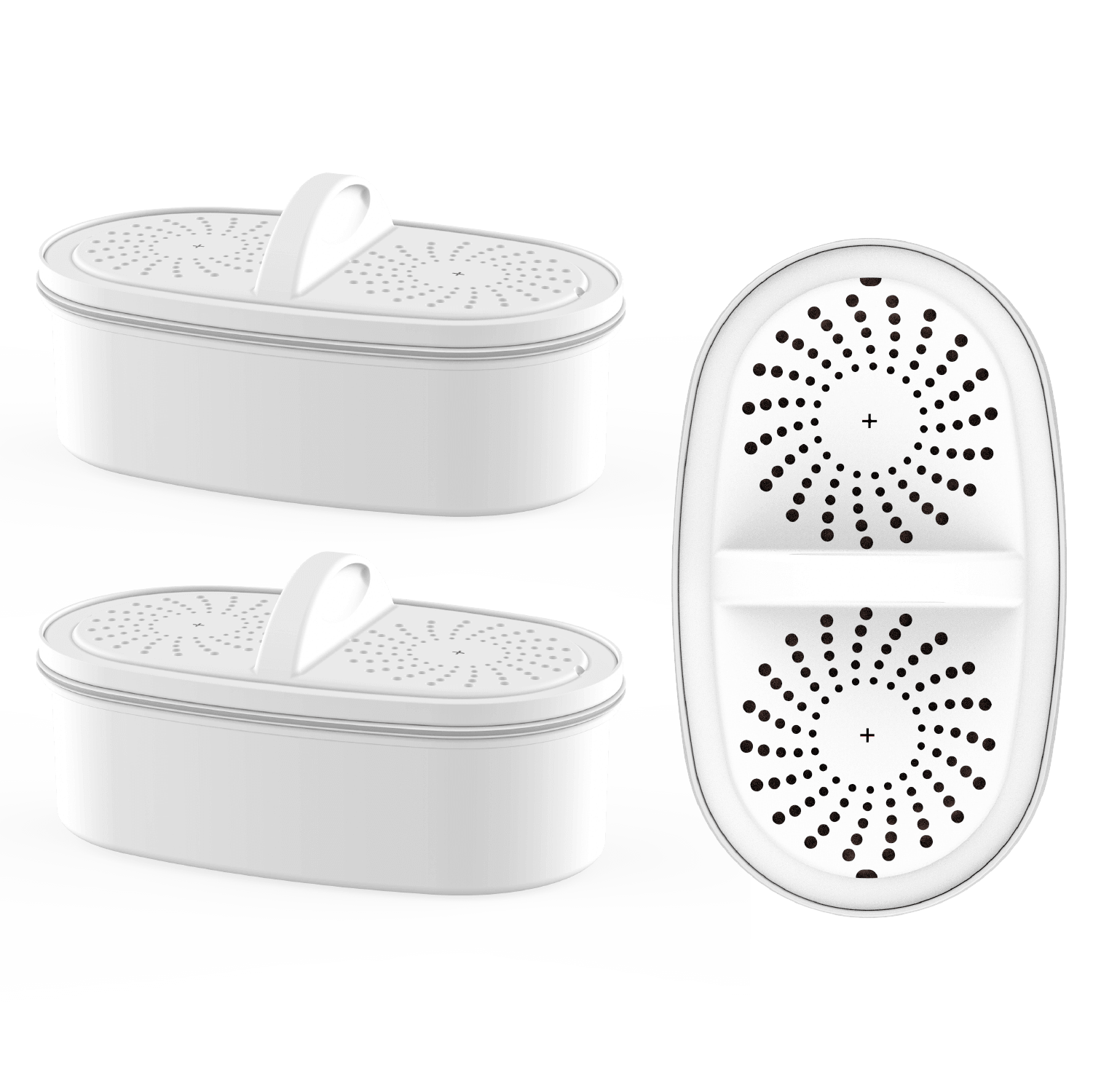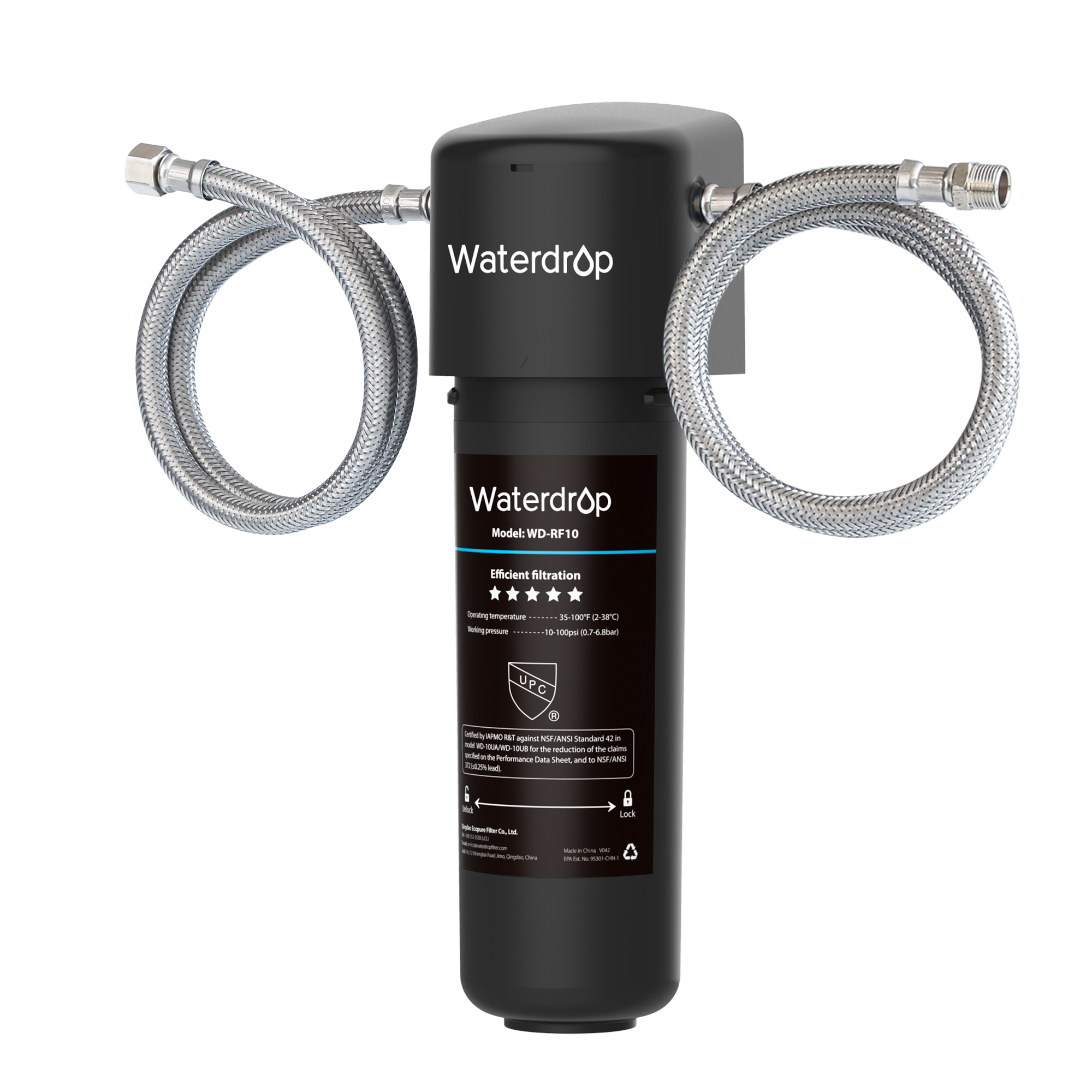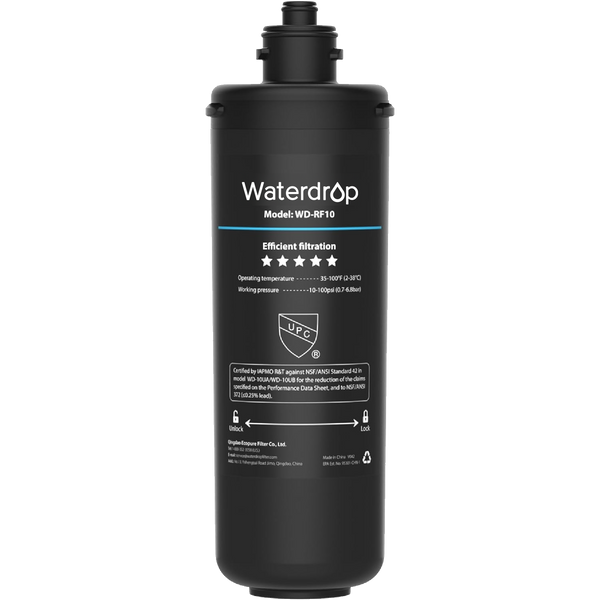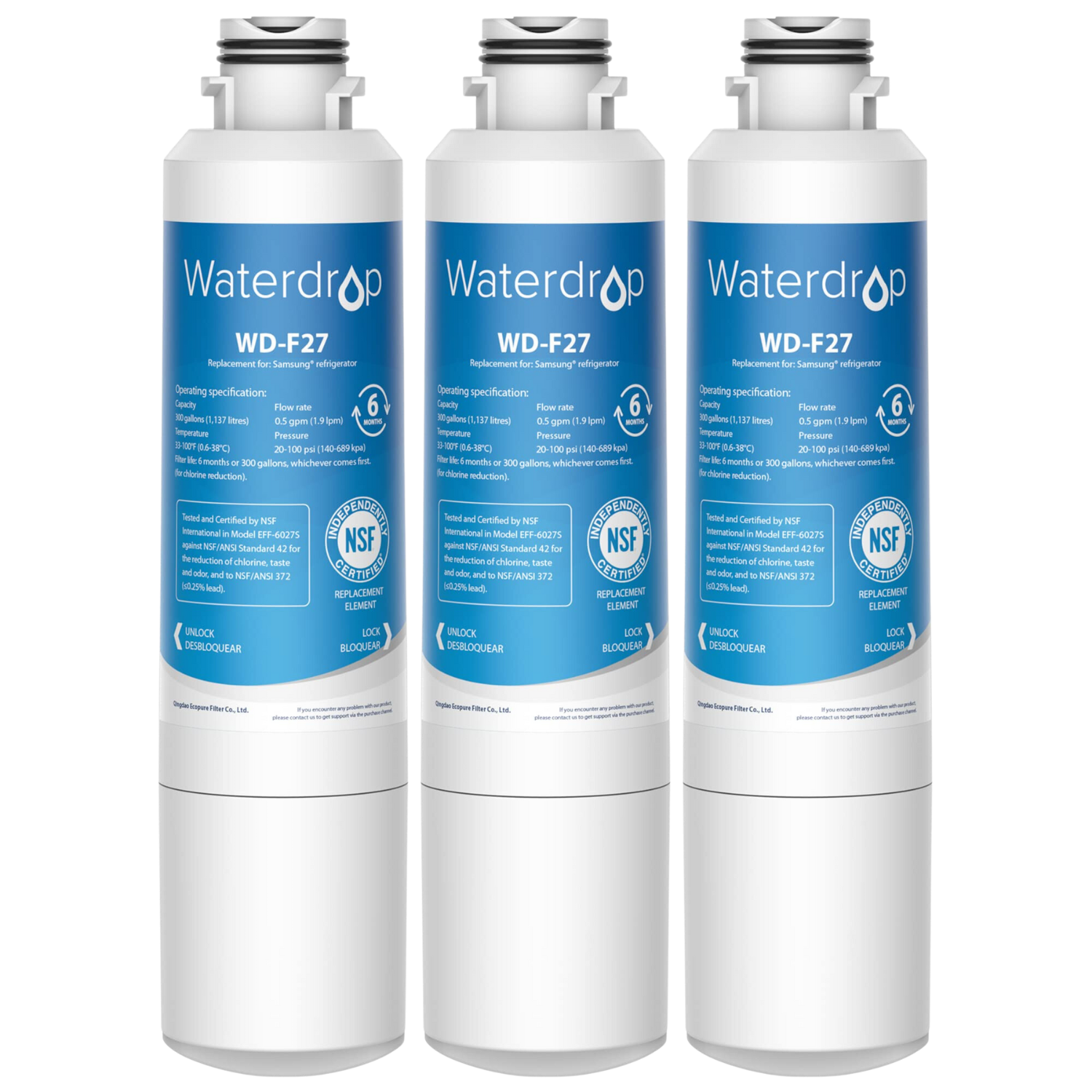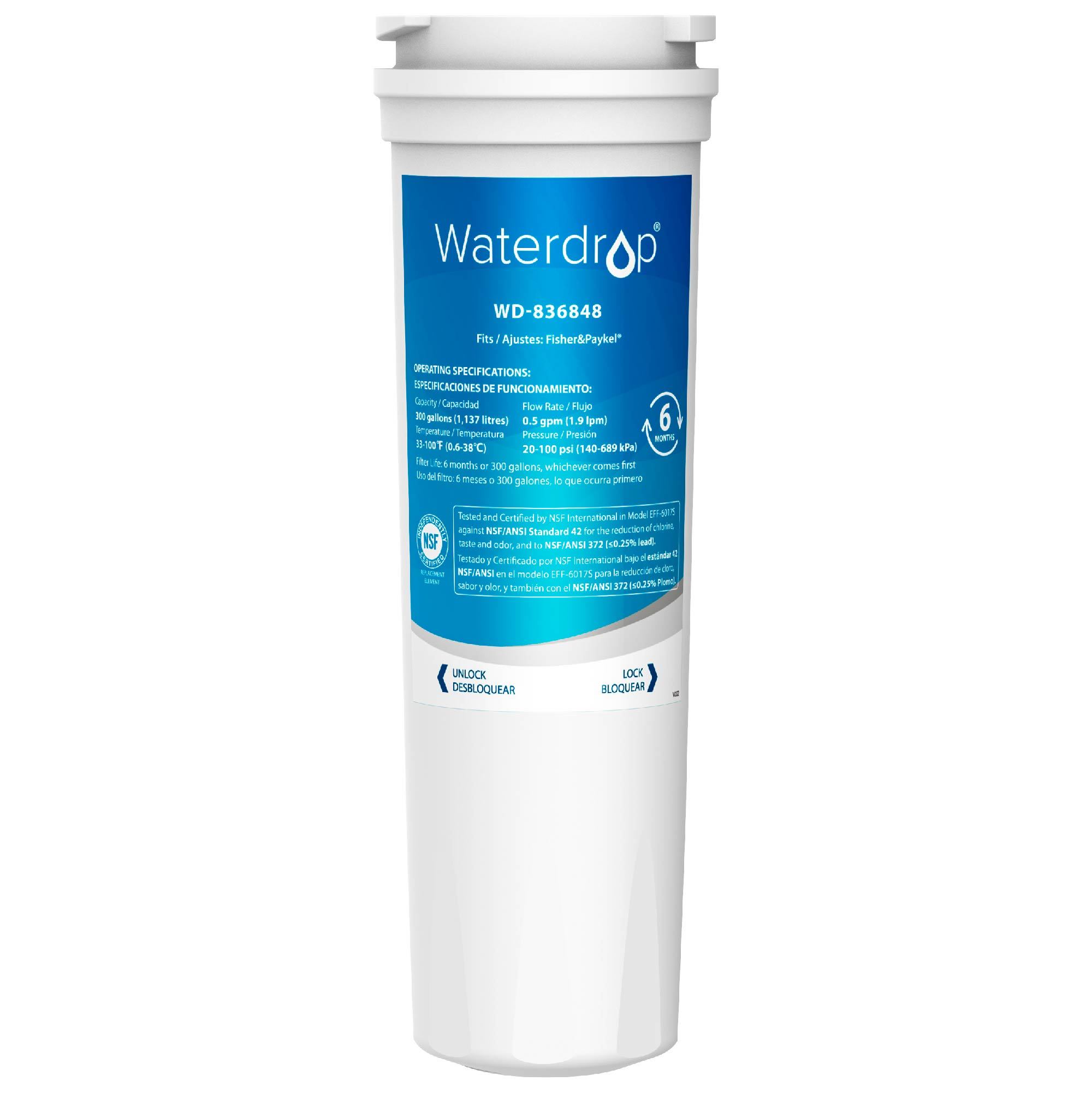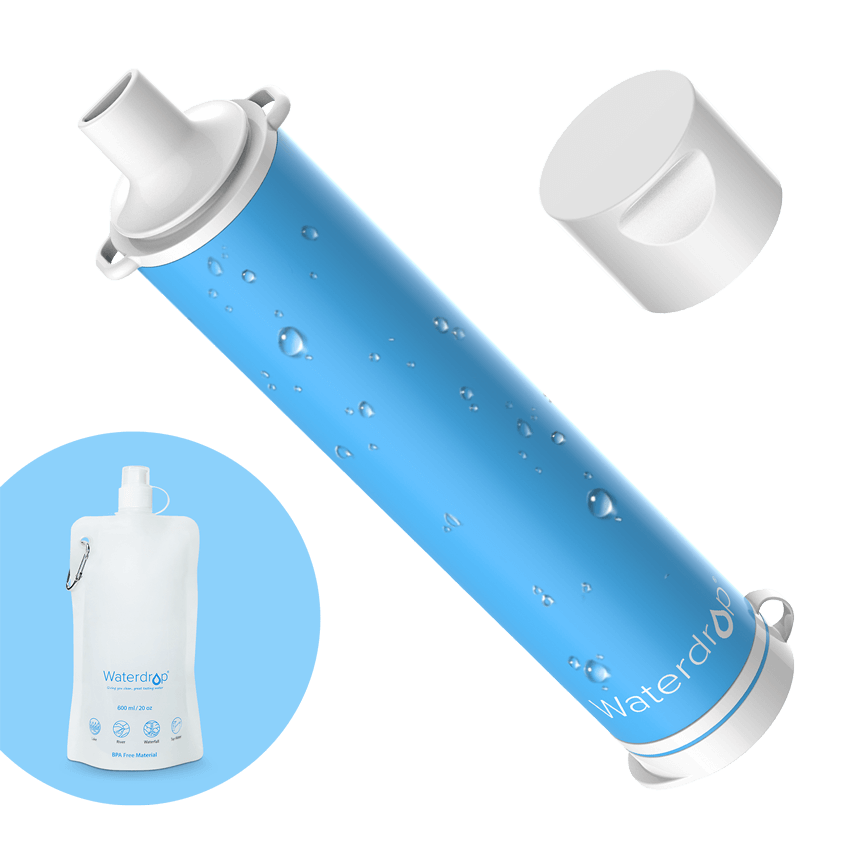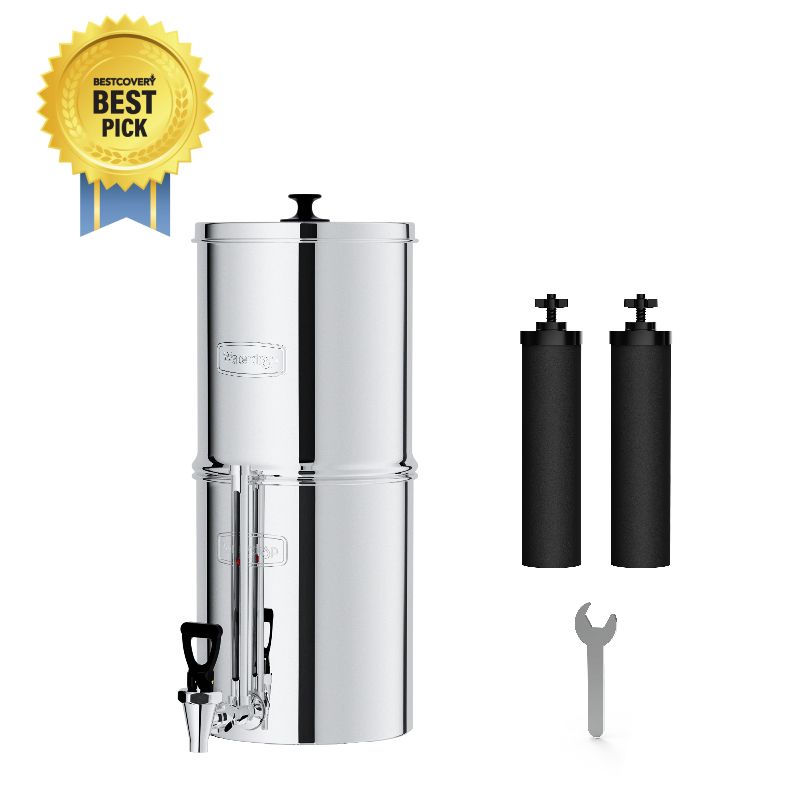How to Remove Viruses from Drinking Water
by Dr. Jonathan Doyle - Updated January 21, 2022
Water is one thing that we drink every day, but have you ever thought that the water we drink may affect our health?
Transmission of pathogens occurs in many ways, and they are not limited to direct human-to-human transmission. Pathogens, including viruses, are capable of transmission through environmental pathways. The common carriers include air, inert surfaces, or liquid media. Most viruses associated with liquid transmission are transmitted through water.
What are waterborne viruses?
Though bacteria are known as the major causes of diarrhea transmitted through contaminated drinking water, the WHO has classified viruses like adenovirus, astrovirus, hepatitis A and E viruses, rotavirus, norovirus, and other caliciviruses from moderate to high health significance.
These water-transmitted viral pathogens are waterborne viruses that can be spread by drinking, bathing, washing, or eating food exposed to contaminated water. Exposure to waterborne viruses can lead to diarrhea as well as other symptoms including abdominal cramping, vomiting, and fever.
How do viruses get into the water?
The feces and urine of an infected human or animal can transmit viruses into the water. The wastes enter the water via numerous paths include sewage overflows, and can pollute the water when the sewage systems are not working properly. The private wells that are shallow, or have been dug or bored, are especially vulnerable to such viruses contamination.
Moreover, viruses can also be transmitted into our drinking water through inhalation or contact with the skin and eyes. Daily activities like showering or swimming are examples of such risk of contamination.
Almost all forms of water can be contaminated by viruses: surface freshwater such as lakes and rivers, groundwater, estuaries and seawater, and even glaciers. For example, the Enteroviruses have been found in 72% of groundwater tables in the United States.
Does coronavirus spread through water?
Coronavirus has been suggested as an organism that can be transmitted through drinking water. Coronavirus spreads when an infected person exhales droplets and tiny particles that contain the virus.
These droplets and particles can be inhaled by other people or land on their eyes, nose, or mouth. In some cases, they can contaminate the surfaces they touch. People who are within 6 feet of an infected person are most likely to be infected.
As a variant of the coronavirus, the Omicron virus was recently found in wastewater in California. You can refer to this blog for more information.
How to remove viruses from water?
Below are the common ways to remove viruses from drinking water.
Boiling
You can bring your water to a rolling boil for at least one minute to kill inactivated viruses. However, high-temperature sterilization is not completely reliable, as it needs to reach a certain temperature and time. This method can only kill the harmful bacteria and viruses in the water, other impurities and organic pollutants will remain in the boiling water, and it is easy to produce scale.
Distillation
You can remove the viruses in water through distillation. When water boils through a heating source, it forms water vapor, which rises and touches the cold container surface. Then the water vapor condenses into pure water, which can effectively remove the virus from the water. The shortage of this method is energy and time consuming. You would need to wait for a long time for the whole process to be completed. Besides that, the distillation equipment for home use is limited.
Disinfection
Water disinfection using chlorine is another popular method to kill viruses in the water. This is also the major water treatment method used in the city municipal water system. In order to achieve the disinfection result, a large amount of chlorine would be added. Yet, to avoid microbial contamination during the transmission of the pipe network to the user, there would be a residual chlorine content in the tap water, so the tap water often has a chlorine smell and bad taste.
Ultrafiltration
Ultrafiltration is a popular water filtration method using an ultrafiltration membrane. The working mechanism is using standard home water pressure to force water through a hollow fiber membrane, which traps viruses, bacteria, chlorine, algae, and metals and gets clean water and minerals to pass through.
Reverse Osmosis
The reverse osmosis technology is by far the most effective and secured water filtration method. Similar to ultrafiltration, a reverse osmosis system pushes water through a semipermeable membrane to filter water. The pore size of a reverse osmosis membrane is approximately 0.0001 micron whereas the size of a virus is about 0.1 micron.
A RO system is known for its high effectiveness in removing viruses like Enteric, Hepatitis A, Norovirus, Rotavirus, and other waterborne viruses.
Tankless Under Sink RO System with UV Sterilizing Light - Waterdrop G3P800
The Waterdrop G3 reverse osmosis system comes with a 7-stage deep filtration technology to reduce the most harmful contaminants in your water, such as bacteria, viruses, heavy metals, and total dissolved solids. Coronavirus, for example, can be perfectly removed by this system.
G3P800 is also equipped with UV sterilization light, which can effectively filter 99% of bacteria and viruses. The UV sterilizing light of the system brings another layer of protection to your drinking water. Unlike traditional mercury vapor, LED sterilization is safer because LED sterilization does not release any harmful substances (such as heavy metals) into your water during or after filtration.
Besides that, the composite filter design can not only remove water impurities but also improve water taste by getting rid of bad taste and odor in the water. Learn more differences between ultrafiltration and reverse osmosis.
Conclusion
I hope you would find this article helpful in terms of waterborne viruses and how to access safe drinking water. With the ongoing global epidemic, you should pay extra attention to your drinking water safety to protect yourself and your loved ones.



